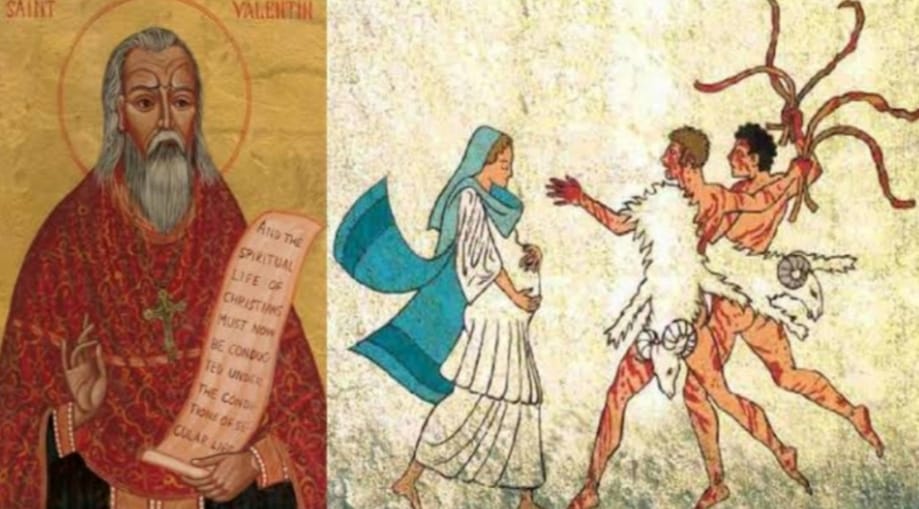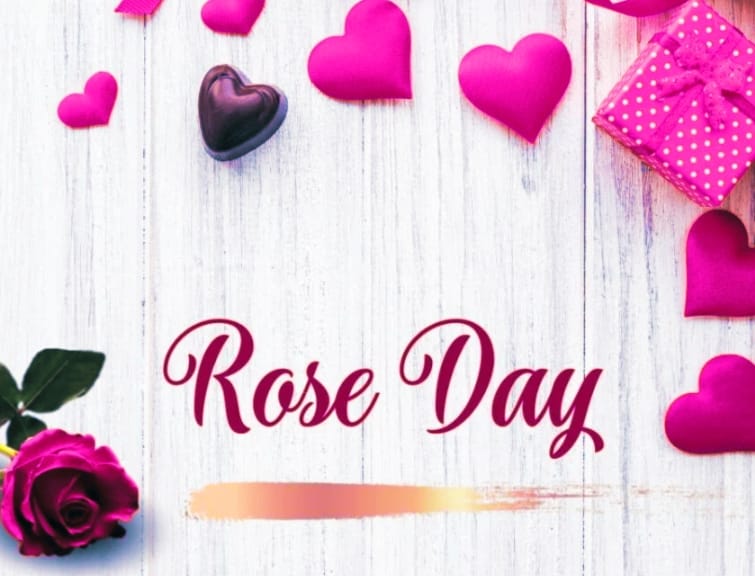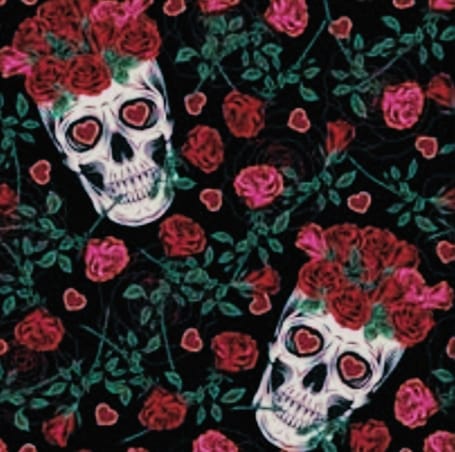Table of Contents
Historical Overview of VALENTINE’S DAYS
Valentine’s Day originated as a Christianized version of Lupercalia, an ancient Roman fertility festival held in mid-February. Lupercalia involved rituals where men would sacrifice goats and dogs and then use the hides to whip women, believing this would increase fertility.According to its history the early Christian leaders, seeking to integrate pagan celebrations into the Christian calendar, chose February 14th to coincide with Lupercalia. By associating the day with Saint Valentine, they aimed to Christianize the festivities and redirect the focus toward love and romance rather than fertility rites.

From Feb. 13 to 15, the Romans celebrated the feast of Lupercalia. The men sacrificed a goat and a dog, then whipped women with the hides of the animals they had just slain.
The Roman romantics “were drunk. They were naked,” Noel Lenski, now a religious studies professor at Yale University, told NPR in 2011. Young women would line up for the men to hit them, Lenski said. They believed this would make them fertile.
The brutal fete included a matchmaking lottery in which young men drew the names of women from a jar. The couple would then be, um, coupled up for the duration of the festival — or longer, if the match was right.The ancient Romans may also be responsible for the name of our modern day of love. Emperor Claudius II executed two men — both named Valentine — on Feb. 14 of different years in the third century. Their martyrdom was honored by the Catholic Church with the celebration of St. Valentine’s Day.

Spread of Valentine’s day across cultures
- Later, Pope Gelasius I muddled things in the fifth century by combining St. Valentine’s Day with Lupercalia to expel the pagan rituals. But the festival was more of a theatrical interpretation of what it had once been. Lenski added, “It was a little more of a drunken revel, but the Christians put clothes back on it. That didn’t stop it from being a day of fertility and love.”William Shakespeare also significantly helped romanticize Valentine’s Day in his work, and it gained popularity throughout Britain and the rest of Europe.Valentine’s Day gained prominence in the Middle Ages when it became associated with courtly love. The exchange of love notes and tokens of affection became customary. As European colonization expanded, so did the celebration of Valentine’s Day, integrating with local customs and traditions. The exchange of love messages and gifts began to transcend borders, becoming a global phenomenon.The evolution of Valentine’s Day and its associated celebrations reflects a complex interplay of historical, cultural, and societal influences. From the humble origins of honoring Saint Valentine to the globalized, commercially-driven celebration of love, these traditions have woven themselves into the fabric of our society. As we exchange roses, chocolates, and heartfelt sentiments on these special days, we participate in a cultural phenomenon that continues to evolve, adapting to the changing dynamics of human relationships and expressions of affection.In the Middle East, where cultural and religious sensitivities play a significant role, the celebration of Valentine’s Day has faced various reactions. While some countries embrace the day with gift exchanges and romantic gestures, others view it with skepticism, associating it with Western influences that might contradict local values.In Latin America, where Catholicism has historically played a crucial role, Valentine’s Day aligns with the celebration of love and romance. Countries like Brazil and Mexico have embraced the day with enthusiasm, incorporating both traditional and modern elements of the celebration.The spread of Valentine’s Day across cultures is not without challenges and critiques. Some argue that the commercialization of the celebration imposes Western ideals of romance, promoting materialistic expressions of love. Others contend that the emphasis on romantic love may overshadow the value placed on familial and platonic relationships in certain cultures.In many Asian countries, where traditional festivals and customs often emphasize familial and societal bonds, the introduction of Valentine’s Day initially faced challenges.
However, as globalization and urbanization progressed, the celebration found its place. In Japan, for example, the celebration took a unique turn with the introduction of two distinctive days: “Honmei-choco” (chocolates given with romantic intentions) on February 14th and “White Day” on March 14th, when men reciprocate with gifts.
Evolution with time
As the years went on, the holiday grew sweeter. Chaucer and Shakespeare romanticized it in their work, and it gained popularity throughout Britain and the rest of Europe. Handmade paper cards became the tokens du jour in the Middle Ages.Eventually, the tradition made its way to the New World. The Industrial Revolution ushered in factory-made cards in the 19th century. And in 1913, Hallmark Cards of Kansas City, Mo., began mass-producing valentines. February has not been the same since.
How we celebrate it*
Valentine Week
Rose Day (7th February):
Rose Day marks the beginning of the Valentine’s week. On this day, people express their feelings by exchanging roses, with each color symbolizing a different emotion. Red roses traditionally signify love and passion, while other colors convey sentiments like friendship or admiration

Propose Day (8th February) :
This day encourages individuals to express their romantic feelings and propose to their significant others. It’s a time for couples to openly declare their love and commitment to each other.

Chocolate Day (9th February):
Chocolate Day celebrates the sweetness of love. Couples exchange chocolates, often considered a classic and delightful gift that adds a touch of indulgence to the Valentine’s week.

Teddy Day (10th February ) :
Teddy Day involves the exchange of teddy bears, which are often associated with comfort and affection. Gifting teddy bears on this day is a gesture of warmth and tenderness.
Promise Day (11th February ) :
On Promise Day, couples make commitments and promises to each other. It’s an opportunity to reinforce trust, loyalty, and dedication within the relationship
Hug Day( 13th February ):
: Hug Day encourages physical closeness and affection between partners. People express their love through warm embraces, emphasizing the importance of physical touch in relationships.

Valentine’s Day ❤️(14th February):
The culmination of the week-long celebration, Valentine’s Day is when couples exchange gifts, cards, and tokens of affection. It’s a day dedicated to celebrating love and the special bond shared between partners.These themed days leading up to Valentine’s Day add a playful and romantic element to the celebration, providing different opportunities for couples to express their love in varied ways.

Suggestion
Feel free to share the above research comment your thoughts below and suggest topics for future by clicking here.














